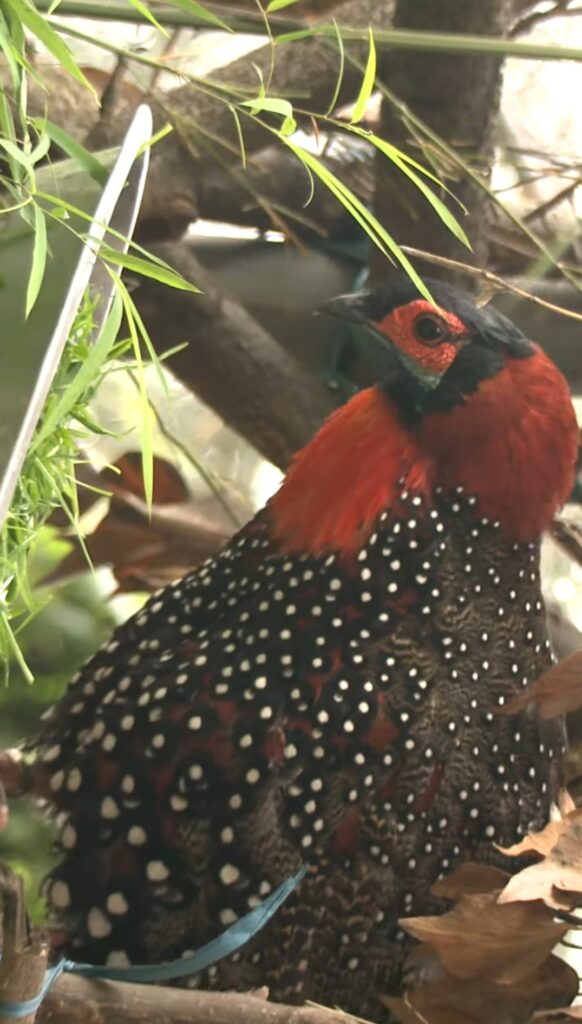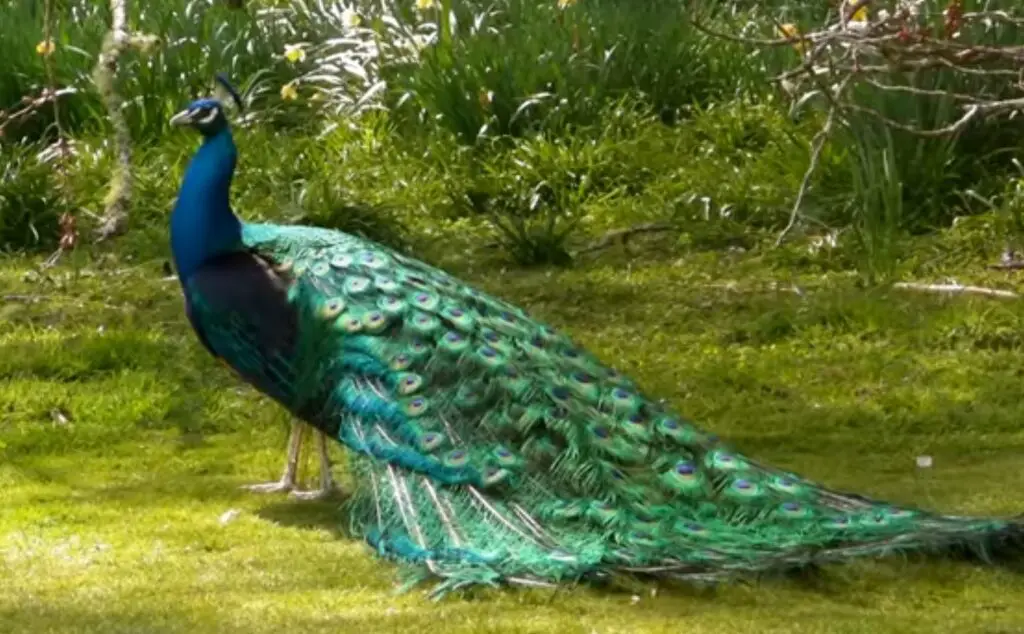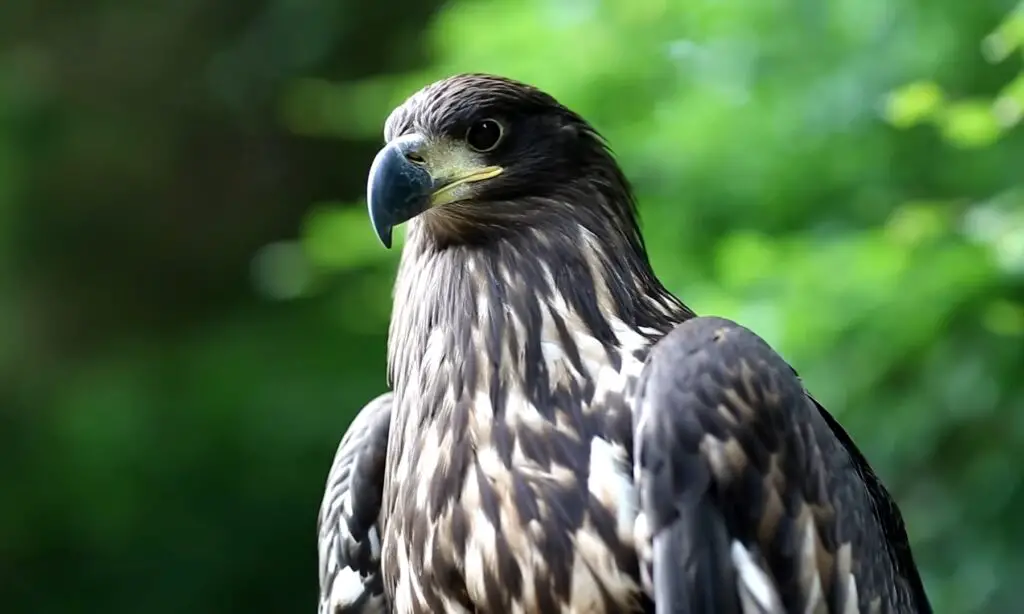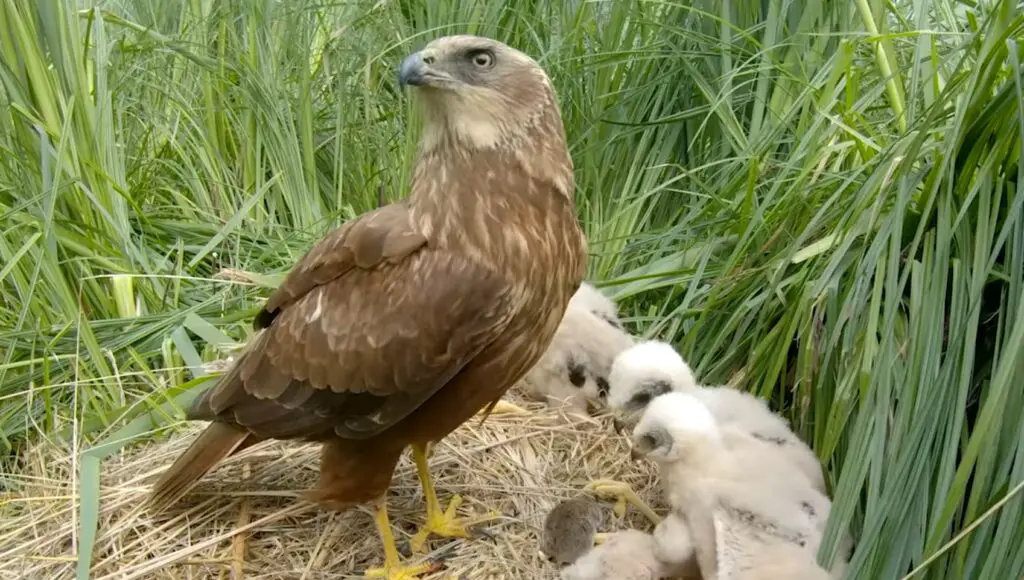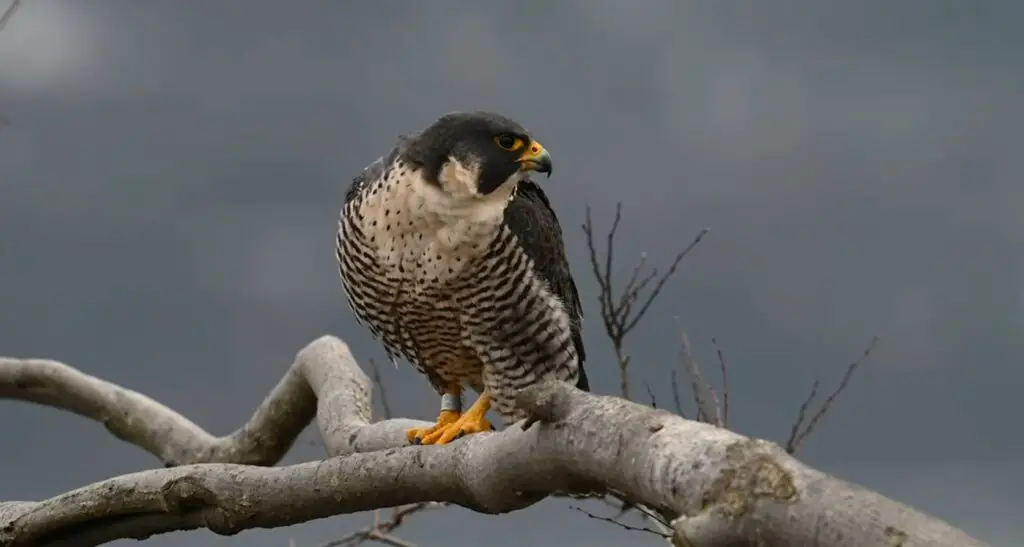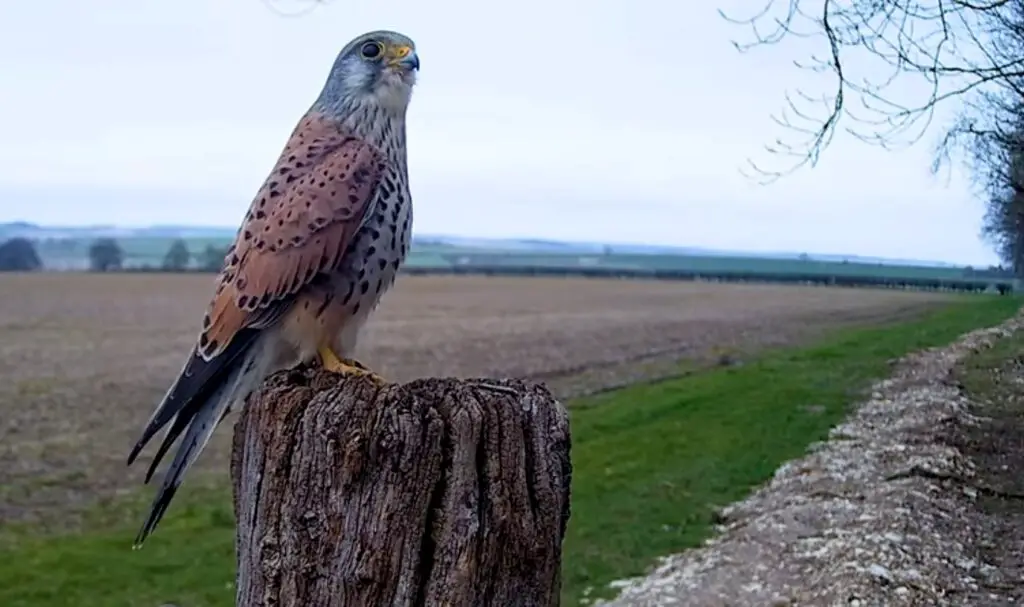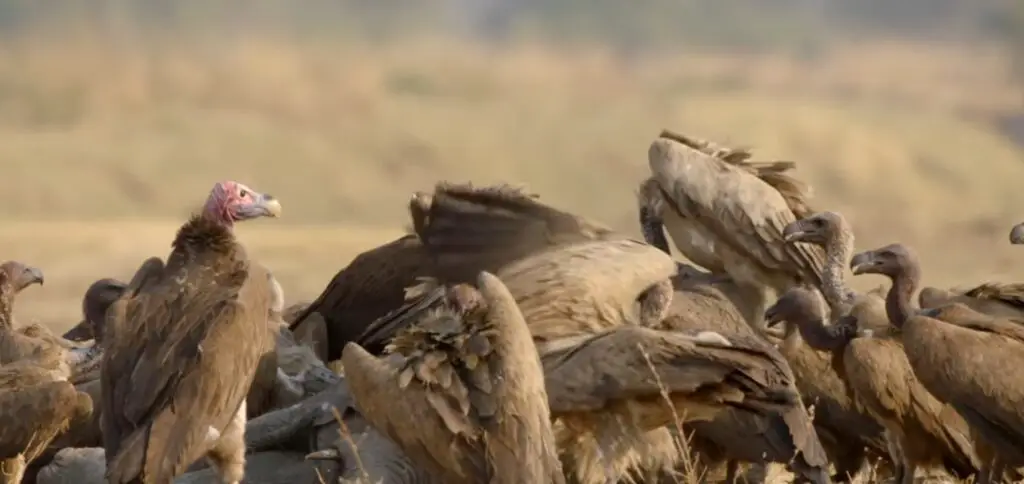The Western Tragopan, also known as the western horned Tragopan, is a colorful and distinctive bird found in the western Himalayas, particularly in the northern regions of Pakistan and India. It is a medium-sized pheasant, with a striking appearance and a unique vocalization.
Appearance & Characteristics of Western Tragopan
The Male Western Tragopan has a bright red head with blue skin around the eyes, a black and white neck and breast, and a metallic blue-green back and wings. The female is less colorful, with a brown and buff-colored plumage that allows her to blend into her surroundings. Both sexes have a pair of distinctive horns on their head, which are used in courtship displays.
The western tragopan is a shy and elusive bird that prefers to stay hidden in the dense underbrush of the forest. It feeds on a variety of insects, plants, and seeds, and is particularly fond of berries and acorns. The bird is known for its distinctive, loud call, which can be heard from a great distance and is often described as sounding like a barking dog.
Conservation of Western Tragopan
The western tragopan is considered a vulnerable species due to habitat loss, hunting, and other human activities. Conservation efforts are underway to protect the bird, including habitat restoration, captive breeding programs, and the establishment of protected areas.
It is also an important cultural symbol in the regions where it is found. It is considered a sacred bird by some indigenous communities, and is often depicted in art and folklore. In some areas, the bird is hunted for its meat and feathers, which are used in traditional costumes and decorations.
Overall, the western tragopan is a fascinating and important bird that plays a vital role in the ecology and culture of the western Himalayas. Its colorful plumage and unique vocalization make it a sought-after sight among birdwatchers and nature enthusiasts, and efforts to protect it will ensure that future generations can continue to appreciate its beauty and significance.

